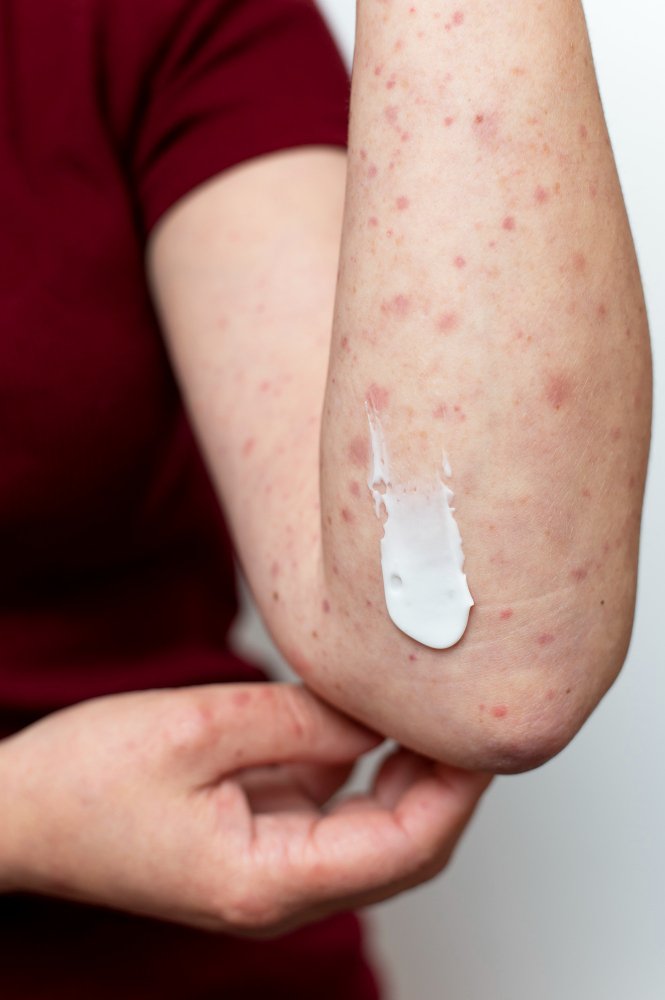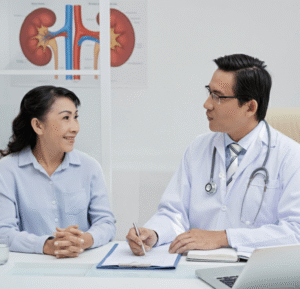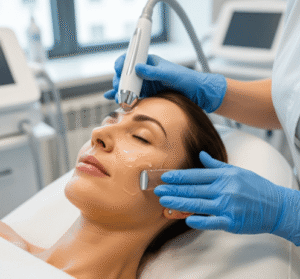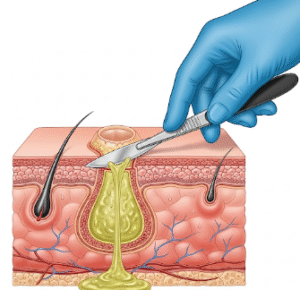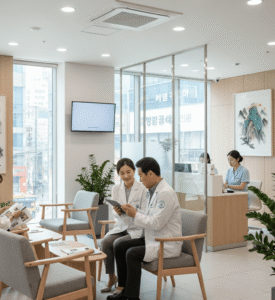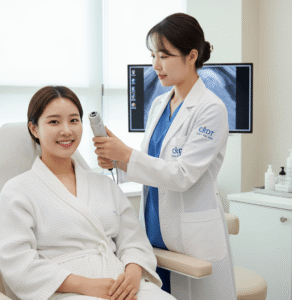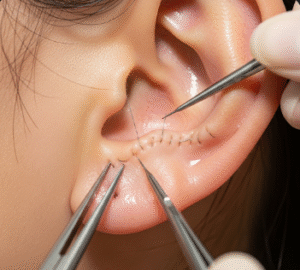Overview
A granuloma is a small area of chronic inflammation in body tissue, formed when the immune system tries to isolate substances it perceives as foreign but cannot eliminate. These substances may include infections, environmental irritants, or autoimmune triggers. Granulomas can occur in the lungs, liver, skin, lymph nodes, and other organs. In Korea, granulomas are frequently detected during medical imaging or biopsy, and advanced hospitals provide modern diagnostic and treatment approaches.
Symptoms
Granulomas may not cause symptoms unless they interfere with organ function. Possible symptoms include:
- Persistent cough or breathing difficulties (lung granulomas)
- Skin nodules or rashes (cutaneous granulomas)
- Enlarged lymph nodes
- Abdominal pain or liver dysfunction (hepatic granulomas)
- Fatigue, fever, or weight loss (in systemic cases)
Causes
Granulomas develop when the immune system walls off irritants. Common causes include:
- Infectious diseases: Tuberculosis, fungal infections, leprosy
- Autoimmune conditions: Sarcoidosis, Crohn’s disease, rheumatoid arthritis
- Foreign materials: Silica, beryllium, or sutures left after surgery
- Chronic inflammatory diseases
- Unknown triggers (in some idiopathic cases)
Risk Factors
- Living in or traveling to areas with high TB or fungal infection rates
- Autoimmune or inflammatory diseases
- Occupational exposure to dust, chemicals, or metals
- History of chronic infections
- Weakened immune system (HIV, long-term corticosteroid use, chemotherapy)
Diagnosis
In Korea, granulomas are often found during routine health checks or when investigating chronic symptoms. Diagnostic methods include:
- Imaging tests: Chest X-ray, CT scan, MRI (to detect lung or organ granulomas)
- Biopsy: Skin, lung, or lymph node tissue sampling for histopathology
- Blood tests: To rule out infections or autoimmune diseases
- Microbiological tests: Culture and PCR for tuberculosis, fungi, or bacteria
Prevention
While not all granulomas can be prevented, some strategies may lower risk:
- Early treatment of infections like tuberculosis
- Using protective equipment in workplaces with dust or chemical exposure
- Avoiding smoking and harmful inhalants
- Regular health check-ups to monitor immune-related diseases
Treatment Options in Korea
Treatment depends on the underlying cause. In Korean hospitals, management typically includes:
- Observation
- Many granulomas are harmless and require only monitoring.
- Medications
- Antibiotics or antifungals for infectious granulomas
- Corticosteroids to reduce inflammation in autoimmune-related granulomas
- Immunosuppressive drugs for sarcoidosis or Crohn’s disease
- Surgical Intervention
- In rare cases, surgery may be needed to remove granulomas causing obstruction or diagnostic uncertainty.
- Advanced Care in Korea
- University hospitals provide multidisciplinary management (pulmonology, dermatology, gastroenterology, and rheumatology)
- Access to cutting-edge diagnostic imaging and biopsy techniques
- Tailored treatment for underlying conditions such as tuberculosis or sarcoidosis
Prognosis
The outlook for granulomas varies depending on the cause. Many resolve without treatment, while others may persist or indicate a serious underlying disease. In Korea, with early detection, advanced diagnostics, and appropriate treatment, most patients with granulomas achieve good outcomes.

